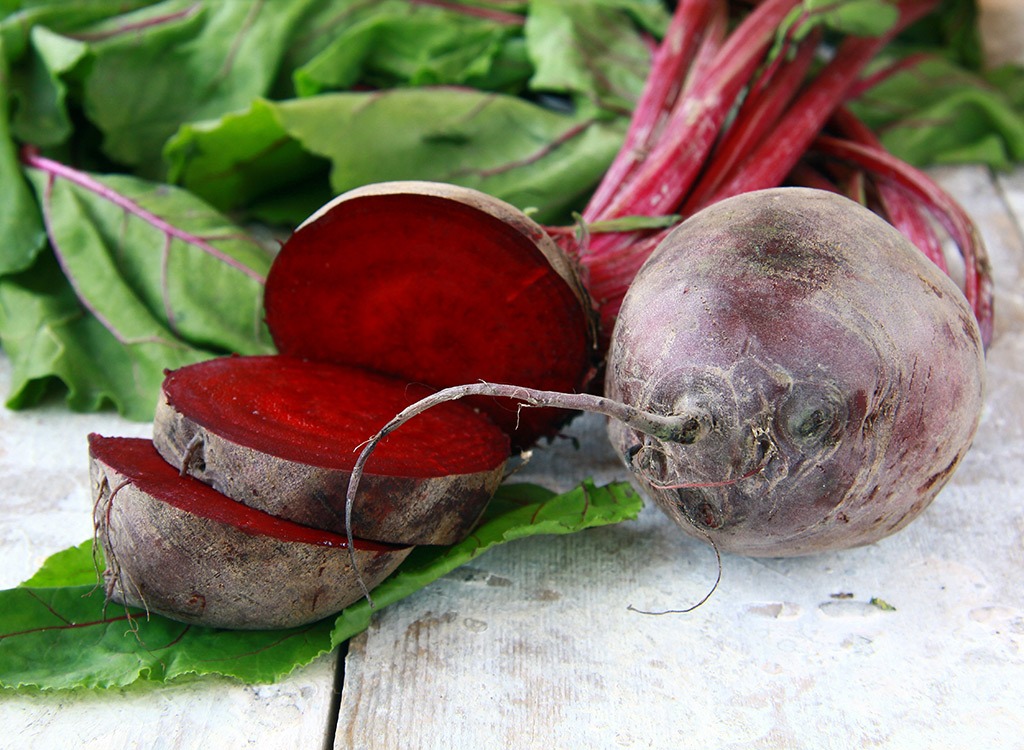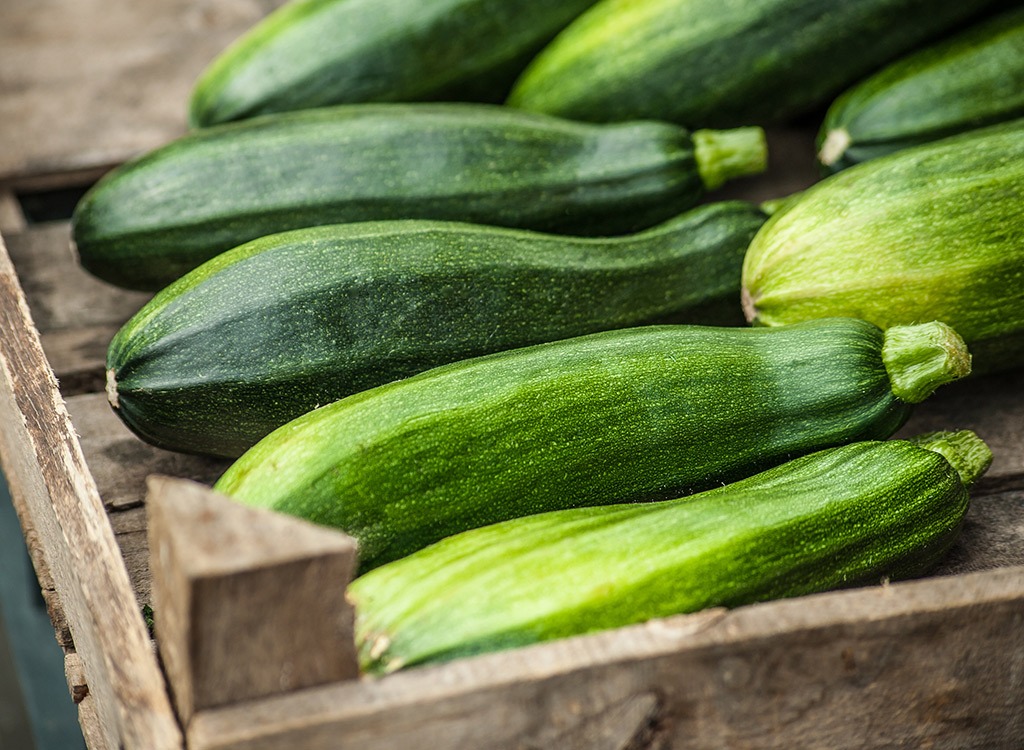Healthiest Vegetables to Eat in Summer

They won’t settle for a wrinkled eggplant, a withering artichoke, or an apple that tastes like Styrofoam. And neither should you.
Problem is, finding the best, ripest, most jaw-droppingly tasty fruits and vegetables isn’t as intuitive as you might think. It’s a task that requires the attention of all five senses in order to pick up on the subtleties and nuances behind ultimate ripeness and utmost quality. To guide you in your produce pursuit, we’ve written the rules for picking the best fruits and vegetables and how to store them for optimum flavor and longevity.
Here’s what you should be looking for—and exactly how to buy the best—when you’re shopping for summer vegetables:
Arugula

Peak Season: March to November
Perfect Pick: Emerald green leaves that are not yellowing or limp. The smaller the leaf, the less pungent its bite.
Handle with Care: Enclose roots in a damp paper towel and place the leaves in a plastic bag. Store in the fridge for 2 to 3 days.
The Payoff: Vitamin K, which may improve insulin sensitivity, offering protection against diabetes.
Beets

Peak Season: June to October
Perfect Pick: Smooth, deep-red surface that’s unyielding when pressed. Smaller roots are sweeter and more tender. Attached greens should be deep green and not withered.
Handle with Care: Remove the leaves (which are great sautéed in olive oil) and store in a plastic bag in the fridge for no more than 2 days. The beets will last in the crisper for up to 2 weeks.
The Payoff: Nitrate, which may help lower blood pressure.
Bell Peppers

Peak Season: July to December
Perfect Pick: Lots of heft for their size with a brightly colored, wrinkle-free exterior. The stems should be a lively green.
Handle with Care: Refrigerate in the crisper for up to 2 weeks.
The Payoff: All bell peppers are loaded with antioxidants, especially vitamin C. Red peppers lead the pack, with nearly three times the amount of vitamin C found in oranges.
Eggplant

Peak Season: August to September
Perfect Pick: Good weight to them with tight, shiny, wrinkle-free skin. When they’re pressed, look for them to be springy, not spongy. The stem and cap should be forest green, not browning.
Handle with Care: Store eggplants in a cool location (not the fridge) for 3 to 5 days. Eggplants are quite sensitive to the cold.
The Payoff: Chlorogenic acid, a phenol antioxidant that scavenges disease-fighting free radicals.
Green Beans

Peak Season: April to October
Perfect Pick: Vibrant, smooth surface without any visible withering. They should “snap” when gently bent and appear moist on the inside.
Handle with Care: Refrigerate, unwashed, in an unsealed bag for up to 1 week.
The Payoff: Fiber (4 grams in 1 cup), which can reduce all-cause mortality, according to Dutch researchers.
Tomatoes

**Peak Season: May to August
Perfect Pick: Look for heavy tomatoes that are rich in color and free of wrinkles, cracks, or bruises. They should have some give, unlike the rock-solid ones bred for transport. Too soft, though, and the tomato is likely overripe. Off-season, select smaller types like Roma and cherry tomatoes.
Handle with Care: Never store tomatoes in the fridge; the cool temps destroy flavor and texture. Keep them at room temperature out of direct sunlight for up to 1 week.
The Payoff: Lycopene, a carotenoid antioxidant that helps fend off prostate cancer.
Zucchini

Peak Season: June to August
Perfect Pick: Purchase heavy, tender zucchini with unblemished deep-green skins that are adorned with faint gold specks or strips. Smaller zucchini are sweeter and more flavorful.
Handle with Care: Refrigerate in the crisper in a plastic bag for up to 5 days.
The Payoff: Riboflavin, a B vitamin needed for red blood cell production and for converting carbohydrates to energy.








